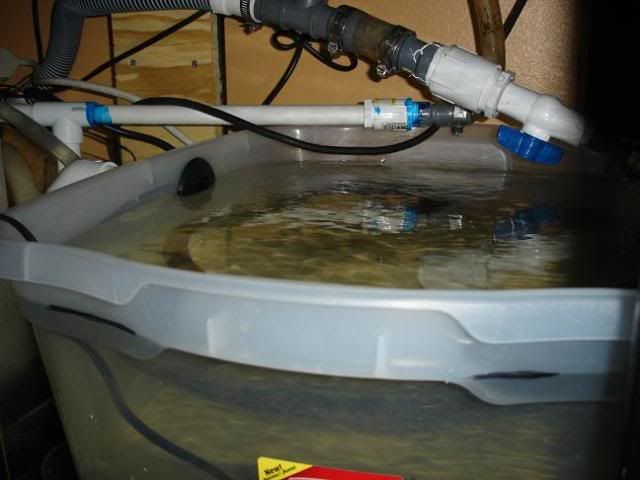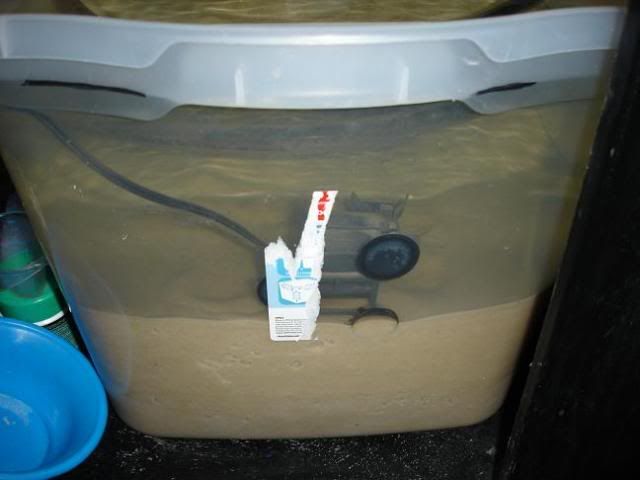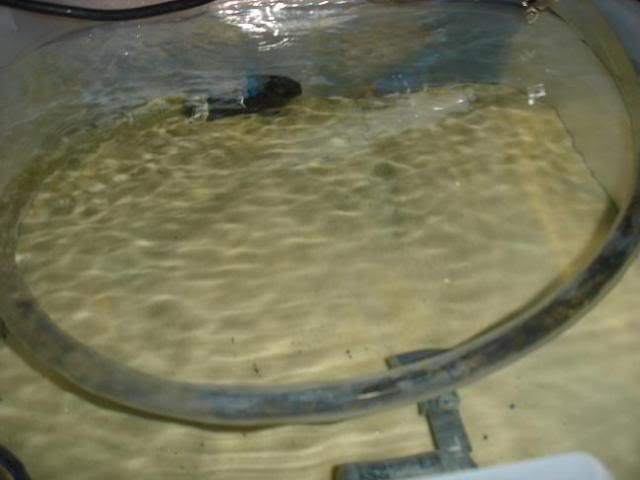stanlalee
Active Member
Originally Posted by JDL
http:///forum/post/3036804
you may want to do some more reading. On a site the mods will edit out of this post, they are talking about a new layer of bacteria in sand beds. I cant explain it exactly but they mention that dsp are bad and you can get the same effect using ssb.
well what they really said was there is such a thing as a too deep DSB and at a certain depth stuff happens that is counter productive to whats going on in the first 6" or so. they also found nitrate assimilation from aerobic bacteria to be sufficient to keep nitrates at zero (shallow sand bed) and work faster (not to be confused with better) than a DSB. there are way too many articles, studies and actual practices with deep sand beds for anybody to conclude they arent effective based on that ONE study. the study never concluded they dont work.
I always thought the lack of need for anearobic bacteria to consume nitrates was obvious anyway. As many nitrate free tanks with shallow or no sandbeds and small size rock with very little anearobic areas it seemed logical in practice large anearobic areas arent REQUIRED for low nitrates. Now with the popularity of carbon dosing utilizing bacteria blooms for assimilation of nitrates it seems even more obvious. these bacteria obviously arent anearobic and consume nitrates from the water column. None of that changes the fact that deep sand beds can be effetively utilized to eliminate nitrates.
http:///forum/post/3036804
you may want to do some more reading. On a site the mods will edit out of this post, they are talking about a new layer of bacteria in sand beds. I cant explain it exactly but they mention that dsp are bad and you can get the same effect using ssb.
well what they really said was there is such a thing as a too deep DSB and at a certain depth stuff happens that is counter productive to whats going on in the first 6" or so. they also found nitrate assimilation from aerobic bacteria to be sufficient to keep nitrates at zero (shallow sand bed) and work faster (not to be confused with better) than a DSB. there are way too many articles, studies and actual practices with deep sand beds for anybody to conclude they arent effective based on that ONE study. the study never concluded they dont work.
I always thought the lack of need for anearobic bacteria to consume nitrates was obvious anyway. As many nitrate free tanks with shallow or no sandbeds and small size rock with very little anearobic areas it seemed logical in practice large anearobic areas arent REQUIRED for low nitrates. Now with the popularity of carbon dosing utilizing bacteria blooms for assimilation of nitrates it seems even more obvious. these bacteria obviously arent anearobic and consume nitrates from the water column. None of that changes the fact that deep sand beds can be effetively utilized to eliminate nitrates.



